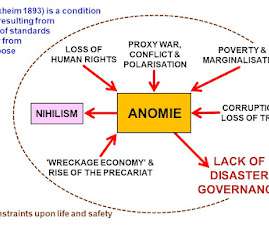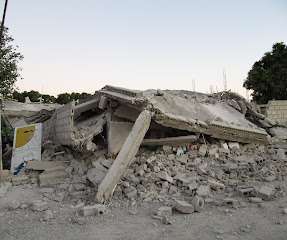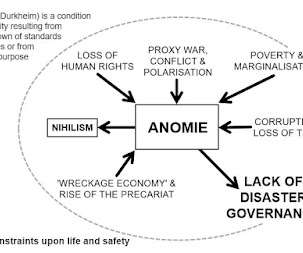A Resilience Charter
Emergency Planning
MARCH 23, 2022
The purpose of this charter is to specify the responsibilities of the state and citizens in the field of resilience against disasters, crises and major public emergencies and incidents. All levels of public administration should be required to produce emergency plans and maintain them by means of periodic updates. Preamble 1.1















Let's personalize your content